Description
🌟 Provided by PMI® A.T.P. ID C018178. 🌟 Earn 4.25 PDUs Upon Course Completion. 📚
This course is designed for Scrum team members, Scrum Master and Product Owner to have a deep understanding of Scrum to apply into the process efficiently. During the course, trainees will understand completely the roles in the Scrum Project Management and how to do the Scrum best in the current situation of the project.
In the course, trainees will learn:
- The Origins and Science behind Agile and Scrum
- The Values, Principles, Practices, of Agile
- The Scrum Team Structure, Roles, Rituals and Results
- The Elements and Flow of Scrum
- Building a Product Backlog with User Stories
- Estimation of User Stories
- Project Planning at all Levels of a Scrum Project
- The Elements of the Sprint Execution
- Managing the Flow of Work using the Team Task Board
- Collaboration and Communication with Daily Scrums
- Tracking Progress with Burndown Charts
- Empirical Evidence of Progress and Feedback with Sprint Demos
- Inspect, Adapt and Improve with Retrospectives
Course information on PMI®: https://ccrs.pmi.org/search/course/536325

Course Outline
Chapter 1: INTRODUCING AGILE PROJECT MANAGEMENT
As we will see, Agile is different from traditional development and project management approaches. What works for Agile projects may not work for traditional ones, and vice versa. Don’t worry, this course is going to make it easy to understand Agile and add Agile tools to your toolkit!
Chapter 2: A BRIEF HISTORY OF AGILE
This section provides a detailed look at the origins of Agile. It will help you understand and appreciate Agile thinking and principles.
Chapter 3: AGILE VALUES AND PRINCIPLES
The now-famous 2001 meeting of 17 software development thought leaders in Utah resulted in the Agile Manifesto. The 17 signers of the Agile Manifesto are, for the most part, still active in software development. Many of them went on to innovate, teach and write books and to continue to advance Agile in organizations.
Chapter 4: AGILE OVERVIEW AND BENEFITS
Agile teams work with their business stakeholder, called the Product Owner, to plan a project and break it down into releases. They will work together to break down the work into a series of stories and align them to releases. Once they begin to work in iterations, they will plan in detail the work to be done at the start of the iteration. They avoid detailed planning beyond the next iteration to reduce wasted effort. Finally, every day the team will meet to plan their activities for the next day and fine-tune their approach.
Chapter 5: PLANNING AGILE PROJECTS
In the Agile Planning Onion, the first three levels are typically outside the purview of the agile team. Decisions about organizational strategy and portfolio investments are made by PMOs, business stakeholders, or product management. Agile teams are generally responsible for the last three levels of planning to start with Release Planning.
Chapter 6: AN INTRODUCTION TO SCRUM
In chapter 2, we talked briefly about Scrum, the most popular Agile project management framework being used today. The remainder of this course will focus on the ins and outs of Scrum. We will look in detail at how Scrum works, and the roles, meetings and artifacts used in Scrum. You will come away with a good understanding of Scrum and how it is used for organizational change.
Chapter 7: THE ROLES AND RULES OF SCRUM
Remember that we said that Scrum is simple. Scrum consists of just three roles: the Product Owner, the Scrum Master and the team. And there are surprisingly few rules. In this chapter, we will explore each of these in some detail.
Chapter 8: SCRUM MEETINGS
The Scrum framework includes a set of four distinct meetings as highlighted in the diagram below. These are sometimes called events, ceremonies or rituals, depending on the organization or trainer. They are the Sprint Planning meetings part 1 and 2, the daily Scrum or standup, the Sprint Review and the Sprint Retrospective. There are a couple of other unofficial meetings that we will cover in this Chapter as well.
Chapter 9: SCRUM ARTIFACTS
We have already introduced the Scrum artifacts in the previous units. These include the Product Backlog, Sprint Backlog and the Potentially Shippable Product Increment as shown in the diagram below. We will explore each of these in detail in the sections that follow.
Chapter 10: A DAY IN THE LIFE OF A SCRUM TEAM
The focus of this Chapter will be to explore in detail what it is like to be on a Scrum team. Every Scrum team is a little bit different in terms of personality, approach, challenges and even in the way that they use Scrum.
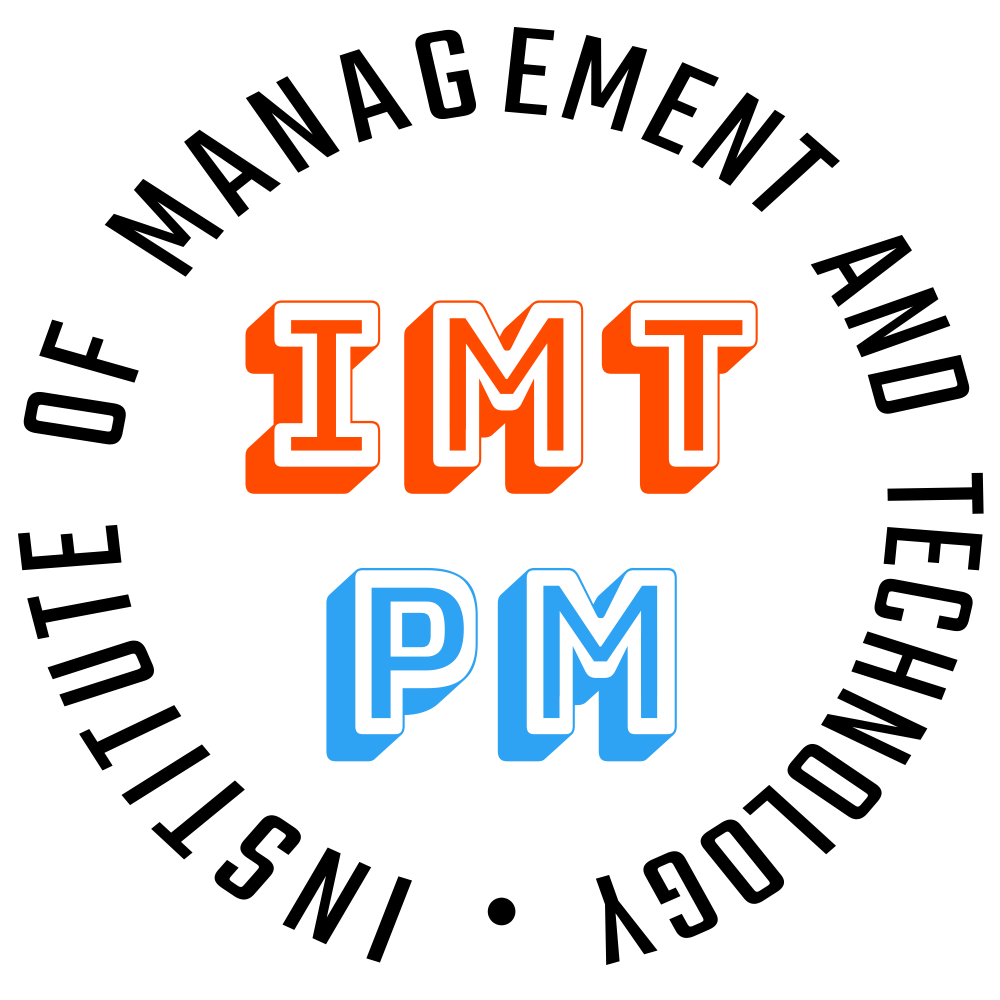
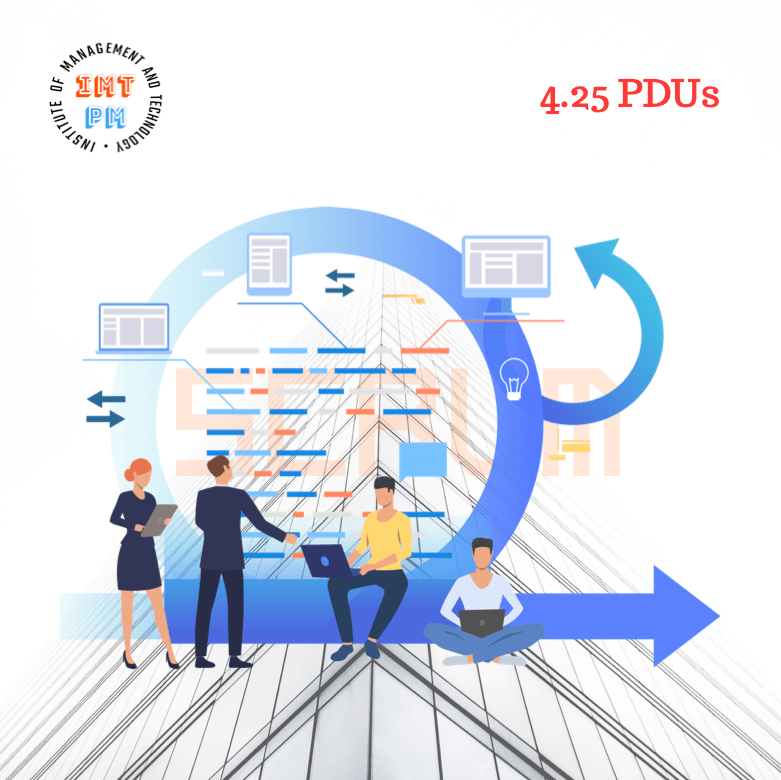
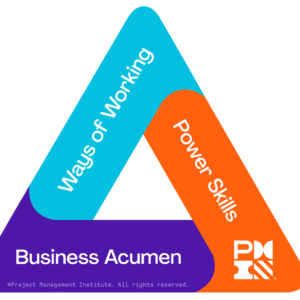
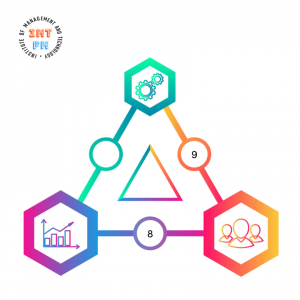
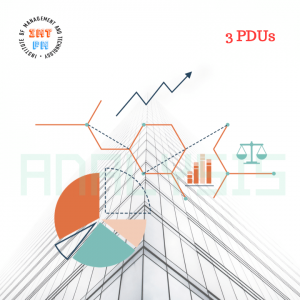
Reviews
There are no reviews yet.